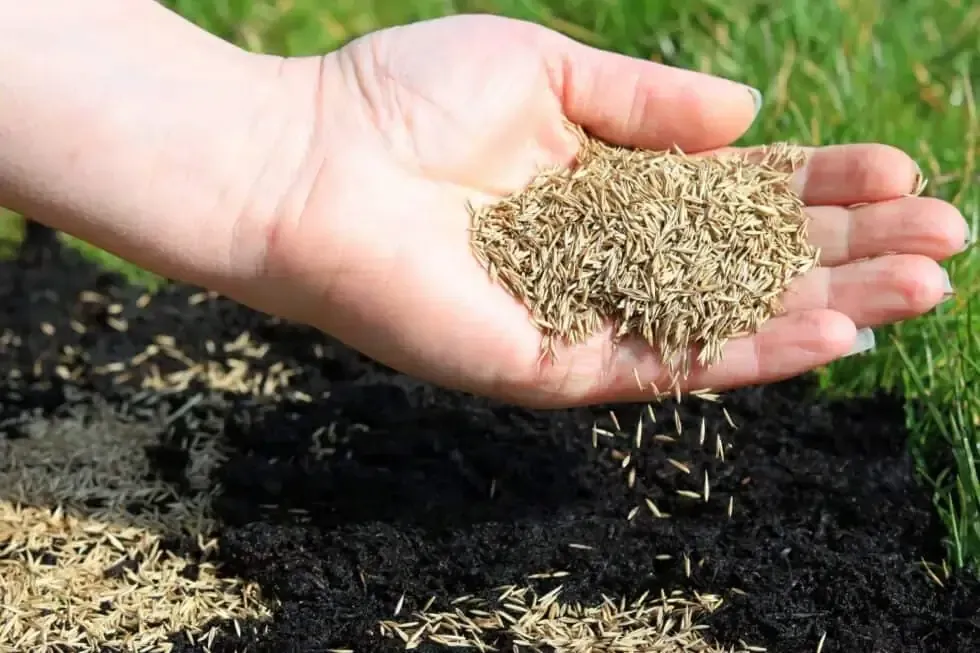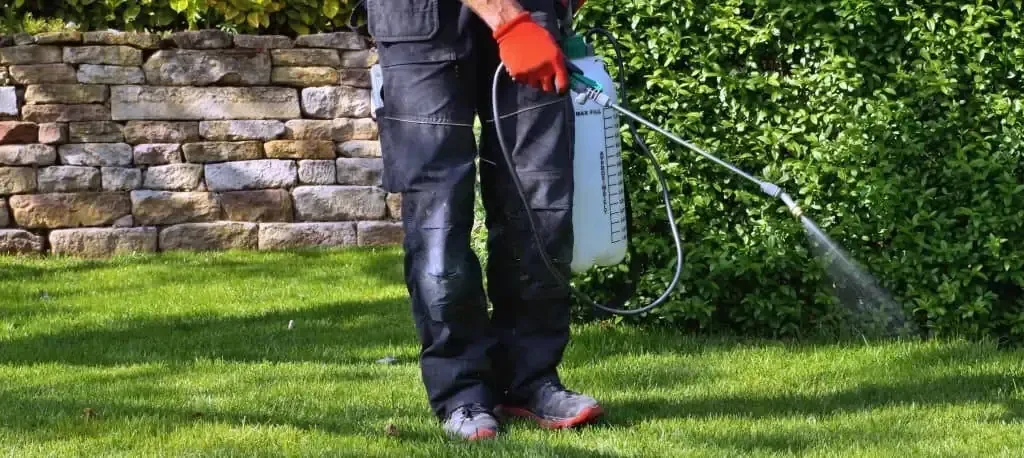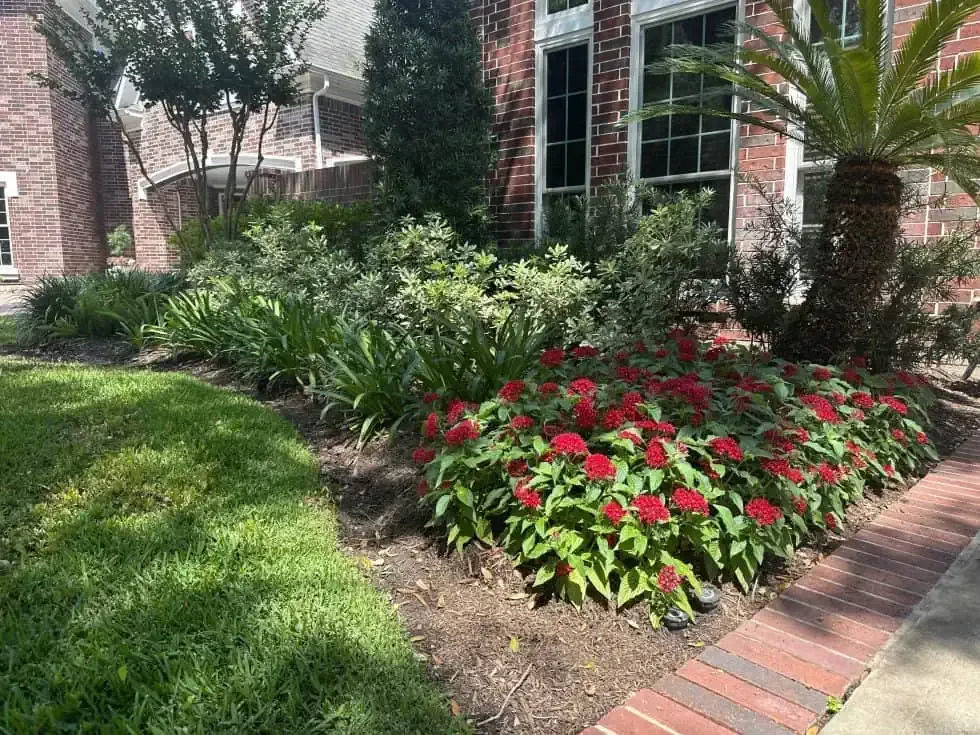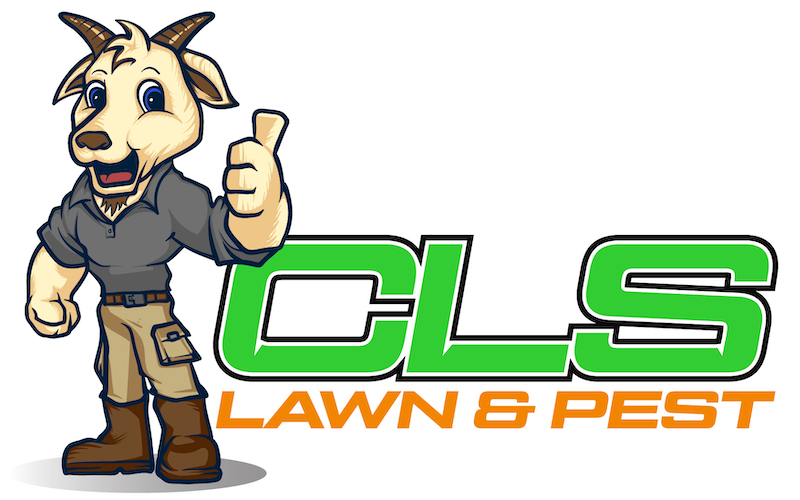For those struggling with maintaining a healthy lawn and looking into several lawn care methods, there are many ways to approach it. As one of the most helpful methods for promoting healthy grass growth, aeration is an option for enhancing its state. Traditionally, core aeration can involve heavy machinery and can be more time-consuming. However, another method has grown increasingly popular in recent years – liquid aeration. While both methods have benefits and disadvantages, choosing the right one is important for achieving the best results and helping your lawn breathe again.
Benefits of Liquid Aeration and Dethatching
Before we get into the specifics of liquid and traditional aeration, here are some fundamental, standard benefits of aeration and lawn dethatching.
- Convenient Application: Liquid aeration is easy to apply, saving time and effort compared to core aeration methods. This is recommended for property owners who need this lawn treatment done quickly.
- Uniform Coverage: Liquid aeration covers every inch of your lawn, even in hard-to-reach areas, a great choice for larger landscapes that typically take longer.
- Microbial Enhancement: Some liquid aerators may contain beneficial microbes that improve soil structure and enhance nutrient acquisition.
- Improved Water Absorption: Like traditional aeration, the liquid application enhances the soil's ability to receive the necessary elements. This includes enhancing its water-holding capacity, reducing water runoff, and improving overall hydration.
- Enhanced Nutrient Penetration: Nutrients can effectively reach grass roots, promoting healthier and greener growth.
The process of removing the layer of thatch that forms on the surface of your lawn is dethatching. While a thin layer of thatch can briefly benefit lawns by providing some insulation (similarly to mulch or compost), excessive thatch build-up can create a barrier that blocks water, nutrients, and air from reaching the soil. Dethatching will require specific equipment and tools to break up and remove this layer to allow your lawn to breathe and grow freely again.
What is Dethatching?
Choosing the Right Method for Your Lawn
Both liquid aeration and traditional core aeration have their benefits for lawns, but overall, the choice will depend on the convenience of the lawn treatment, lawn size, and soil condition. Liquid aeration may be the answer for homeowners seeking a modern, hassle-free approach to aeration that guarantees even coverage while penetrating the soil deeper. On the other hand, if you're more inclined towards a quicker method and don't mind the extra effort that comes with this treatment, traditional core aeration could be your best bet.
Comparing Both Liquid & Traditional Core Aeration
Traditional core aeration will typically involve machines to remove soil plugs from the ground. While this method has been effective for years, it does come with limitations for some:
1. Time and Labor: Traditional aeration can be time-consuming and labor-intensive, especially if an inexperienced homeowner carries out the task. This care will require hiring a professional with the right machinery; otherwise, the process can be physically demanding.
2. Uneven Coverage: This limitation will depend on the property owner's preference, but traditional aeration might result in uneven plug spacing depending on whether the operated machinery can reach every desired corner within the landscape.
Liquid aeration is a relatively new technique that offers an alternative to core aeration. The liquid solution is applied to the lawn instead of puncturing the soil, containing a fortified liquid that helps break down compacted soil. Liquid aeration is easier and quicker to apply, making it a convenient option compared to traditional.
Lawn Care Done Right
This is the ideal time for aeration and dethatching, as the grass is in its active growth phase and can recover more quickly from lawn treatments. Having a year-round aeration plan can help your lawn better defend itself from the challenges of winter and emerge healthier by the time spring arrives. Before deciding on treatment, evaluate your lawn's condition and test your soil if applicable. Aeration is recommended if your lawn shows signs of soil compaction, such as pooling water or thinning grass. Similarly, dethatching is only necessary if you notice that thatch layer over your lawn. Consult a trusted expert such as CLS if you have questions or concerns about your lawn.
Ready to give your lawn the care it deserves? Call us at (832) 271-4889 to request a quote.



